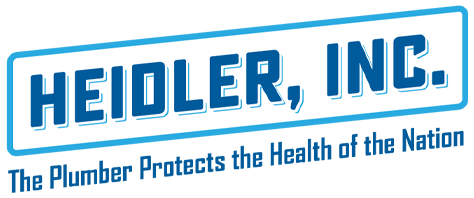When a plumbing emergency strikes, you need a reliable and experienced team to handle the issue quickly and efficiently. At Heidler Plumbing, we take pride in being the go-to emergency plumber in Annapolis, providing fast, professional service when homeowners and businesses need it most. Plumbing emergencies don’t wait for regular business hours, and neither do […]
Category: Uncategorized
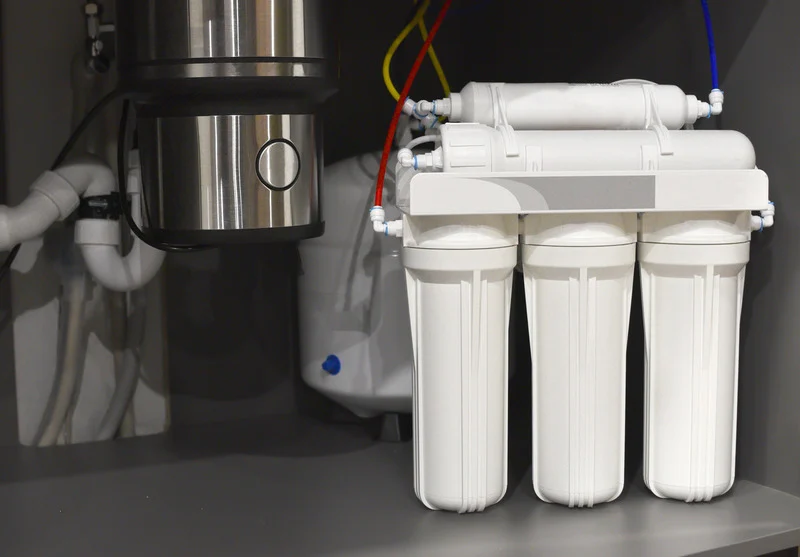
Why Annapolis Homeowners Trust Heidler for Water Filtration Installation and Maintenance
Clean, safe water is essential for every home. At Heidler Plumbing, we specialize in water filtration installation and maintenance in Annapolis, ensuring your family has access to high-quality drinking water every day. Whether you’re dealing with hard water, contaminants, or simply want better-tasting water, our water treatment systems provide a reliable solution. Here’s why homeowners […]
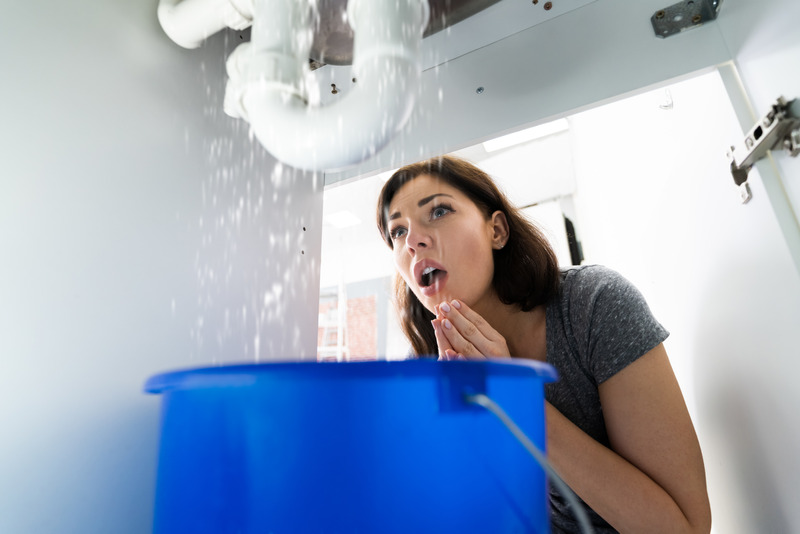
When to Call an Emergency Plumber in Annapolis
Plumbing emergencies can happen at any time, and when they do, you need a fast, reliable solution to prevent damage to your home. At Heidler, Inc., we provide emergency plumbing services in Annapolis to help homeowners handle urgent issues before they turn into costly disasters. But how do you know when a problem requires immediate […]
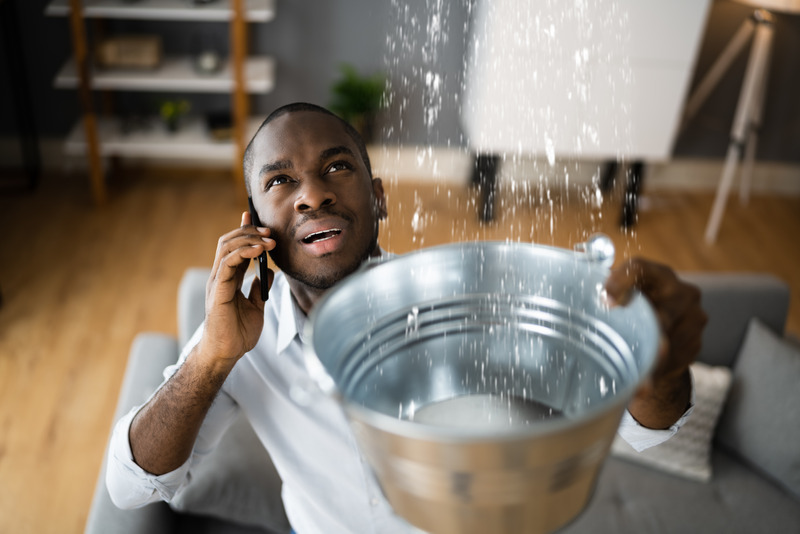
How Heidler Plumbing Ensures Fast and Reliable 24/7 Plumbing Services in Annapolis
Plumbing emergencies don’t follow a schedule—they can happen in the middle of the night, on weekends, or even during holidays. That’s why at Heidler Plumbing we provide 24/7 plumbing services in Annapolis, ensuring that homeowners and businesses always have access to reliable emergency plumbing when they need it most. Whether it’s a burst pipe, a […]
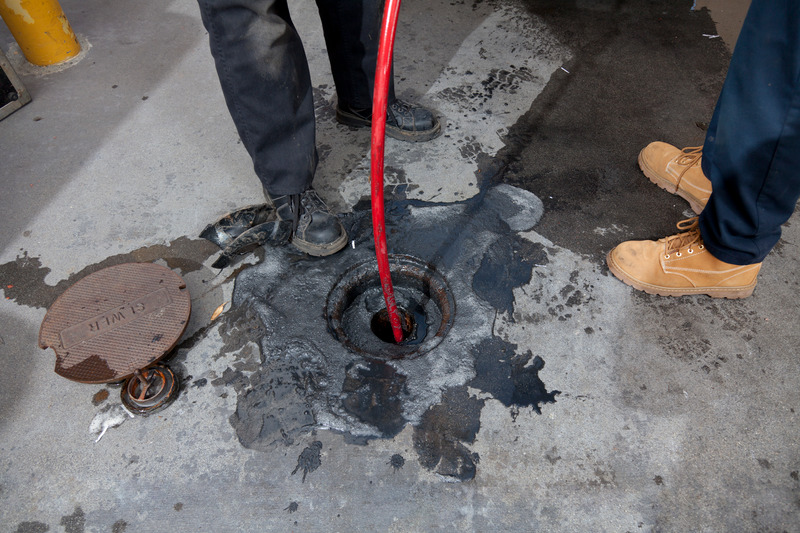
What is Hydrojetting and Why Annapolis Homeowners Need It
At Heidler, Inc., we know how frustrating clogged drains can be for Annapolis homeowners. Whether it’s a slow-draining sink or a complete sewer line blockage, traditional methods like plungers or drain snakes might not always get the job done. That’s where hydrojetting comes in. This advanced drain cleaning method is one of the most effective […]
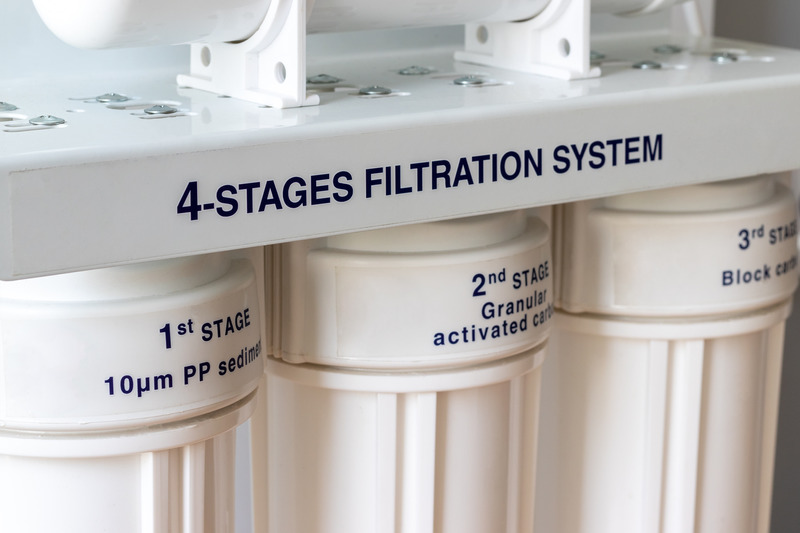
Top 5 Reasons Annapolis Homes Need Water Filtration Systems
At Heidler, Inc., we understand the importance of clean, safe water for your family. Annapolis homeowners often face water quality challenges, making water filtration systems an essential investment. From improving the taste of your water to protecting your home’s plumbing, a reliable water filtration system offers numerous benefits beyond basic filtration. Here are the top […]
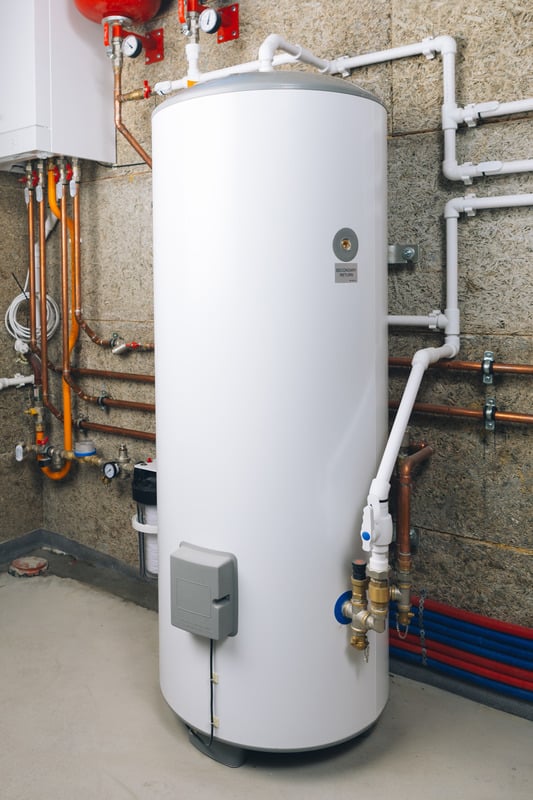
Should You Repair or Replace Your Water Heater? Here’s How to Decide
Your water heater is one of the most important appliances in your home, providing the hot water you need for daily tasks like cooking, cleaning, and bathing. But when it starts acting up, you’re left with a tough question: water heater repair vs replacement—which is the right choice? At Heidler, Inc., we’re here to guide […]
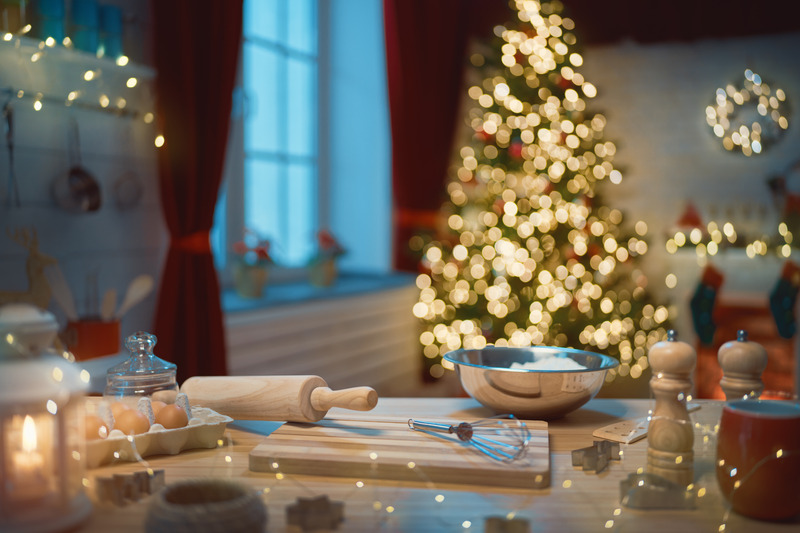
Avoid Holiday Headaches with Expert Plumbing Tips and Solutions
The holiday season is a time for joy, gatherings, and celebrations. But it’s also when many homeowners experience holiday plumbing problems that can put a damper on festivities. From clogged drains to frozen pipes, these issues often arise due to increased water usage and colder temperatures. At Heidler, Inc., we’re here to help you understand […]

How Important Is Backflow Testing?
All Your Questions About Backflow Testing Answered Owning a home is amazing. It’s a big part of the American Dream, and it’s a point of pride for anyone who has worked hard to keep their home looking good and its systems operating properly. But for many homeowners, there are things that may come as a […]

3 Reasons Why Whole-Home Water Filtration Is So Important
This Is Why Whole-Home Water Filtration Is So Important Tap water might be considered safe to drink, but that still doesn’t mean it is the cleanest it can be. In fact, tap water has several different chemicals in it. These chemicals allow the water to be drinkable for humans. However, these chemicals still aren’t the […]
